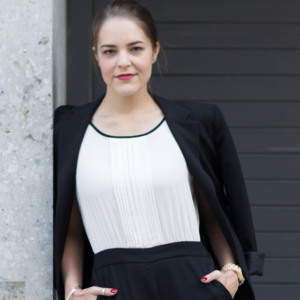The conversations around branded versus editorial content have continued to evolve since 2014, when we first talked to Melanie Deziel, the founder of StoryFuel.

In that time, so much has happened that has impacted how news consumers view the content they encounter online. Accusations of “fake news” or “that’s opinion” muddy the waters, raising concerns about whether a particular news outlet’s content can be trusted.
But what do you do if you’ve started creating branded content as a revenue stream? Does that add to readers’ confusion?
“I understand people’s confusion. I’ve seen the conversation from both sides,” Deziel says. “I came up as a journalist, that was my background before I was on the branded side of things. I can understand those concerns from a newsroom side of things. I think, in my experience, folks working on branded content teams, many are former journalists. Many of us are trying to do our part to bring in revenue to support the work we believe in in the newsroom.”
And why wouldn’t branded content creators want to make it abundantly clear which work they’re responsible for on a publication’s website or within the pages of a newspaper or magazine? If the average reader can’t tell the difference between the editorial work they’ve subscribed to or paid to receive, and the branded, sponsored content running alongside it, how will the reader learn anything about the brand?
“Our brand partners that are paying us gain nothing if no one knows where the content is coming from,” she says. “Really clear labeling is in the best interest of everyone. Readers need to understand clearly where that content is coming from. We’re all on the same side on of that one, but it’s difficult to figure out a universal system when the way we present our regular content is so varied. Finding a universal labeling system has proven a challenge.”
